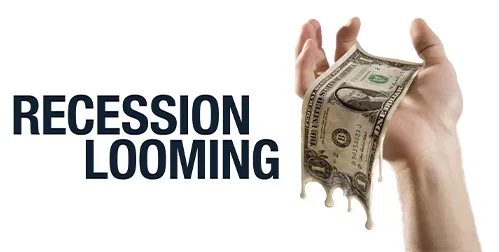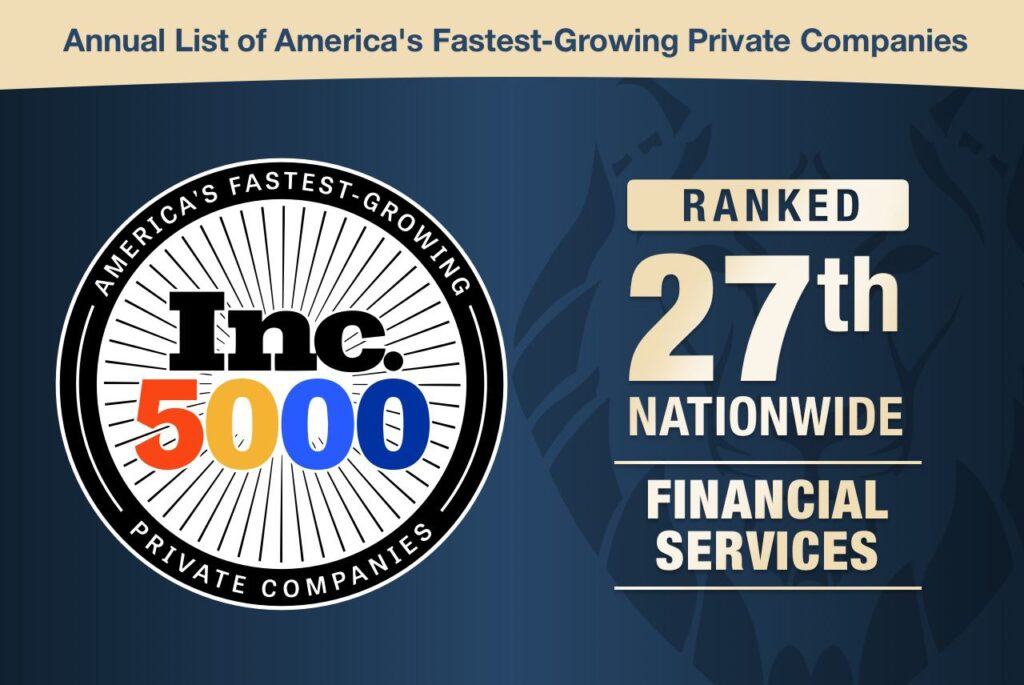America to Be in Recession Soon
According to one economic rule, America may soon be in a recession. Claudia Sahm is a former economist at the Federal Reserve. She developed a rule in 2019 that would have accurately identified the start of every recession since 1960 at an early phase. The rule was created to trigger the disbursement of stimulus checks that would help stop the recession in its early tracks. As opposed to sending checks after the fact, which is more common but much costlier to society. The Sahm rule appears to be taking effect in today’s economy.
The Sahm rule goes like this: If the unemployment rate increases by half a percentage point from its lowest point of the past 12 months, the economy is said to be in a recession. Since the unemployment rate jumps around, both the current unemployment rate and its low point are measured as three-month moving averages.
 1
1
Why People Are Looking at the Sahm Rule
Sahm demonstrated that relatively small increases in unemployment, even starting from low levels, typically signal a recession.
At present, the Sahm indicator stands at 0.33 percentage points. It would not take much for it to reach the half-point mark. The unemployment rate hit 3.9% in October, well above the 50-year low it hit earlier in the year. If the unemployment rate rises to 4.0% this month and 4.1% next month, the economy would, according to the Sahm rule, be in a recession.2
The Unemployment Feedback Loop
Rising unemployment threatens to trigger a negative feedback loop of further unemployment that leads to a recession. When workers lose paychecks, they cut back on spending, and as businesses lose customers, they need fewer workers, and so on. Once the feedback loop starts, it is usually self-reinforcing and accelerates.
Today, that would result in an unemployment rate exceeding 5% and at least three million more people without jobs. And a recession affects more than the unemployed. It leads to smaller wage gains, less career advancement, and reduced worker bargaining power.
Does The Rule Hold Post-Pandemic?
Due the new post-pandemic economy, some analysts say the Sahm rule won’t apply. Post-pandemic economics are challenging accepted rules. For example, last year, real gross domestic product declined for two consecutive quarters without the National Bureau of Economic Research declaring a recession — something that hadn’t occurred in the US since 1947.
The rule is being questioned because the reason for the rise in unemployment is different this time around. The rate is going up due to an increasing number of workers, not a reduction in demand for labor. The number of jobs can’t keep up.
Why Not to Disregard the Sahm Rule
Analysts believe the Sahm Rule will hold because it is not occurring in a vacuum. There are more recession indicators going off.
Small upticks in unemployment: The first half-point rise in the unemployment rate rarely “feels” like a big deal and is typically dismissed. The whole point of the Sahm rule is that we should take these moves seriously and prepare for the worst rather than hoping for the best.
The inverted yield curve: The inverted yield curve signals that while interest rates are high now, in the future, the rate of economic growth and inflation will be slower. Usually, the interest rate on short-dated Treasuries is lower than yields on far-out bonds like the 10-year Treasury. But when that flips and interest rates on short-term Treasuries are higher than their long-term cousins, it is known as a yield-curve inversion. Since the 1960s, this indicator has a perfect track record of preceding recessions.
Investors should be wary of the inversion, especially during the current stock market rally. We’ve seen stock market rallies of more than 20% after yield curve inversions before (in 1989-90 and 2006-07), but all of them have been more than reversed when the ensuing downturns arrive.3
10% Rule: When the total number of unemployed people rises by 10%, we’ve always had a recession. As of October, we’re at 7.7%.4
Continuing Jobless Claims Rule: Anytime they’ve risen 10% from year-earlier levels, we’ve been in or about to be in a recession. And currently, they are up a staggering 30%.5
Conclusion
A post-pandemic economy is sure to break rules, but can it break all of them? As Sahm herself said, when the unemployment rate starts rising, it usually keeps going. A recession isn’t inevitable, but it is highly likely. And with political gridlock and paralyzing debt, the government is not in a position to do anything about it. The time to secure your finances is before the recession hits. Physical precious metals can protect the value of your savings during a recession. In particular, a Gold IRA is designed to shield your portfolio from the negative consequences of a recession. Contact us today at 800-462-0071 to learn more.






